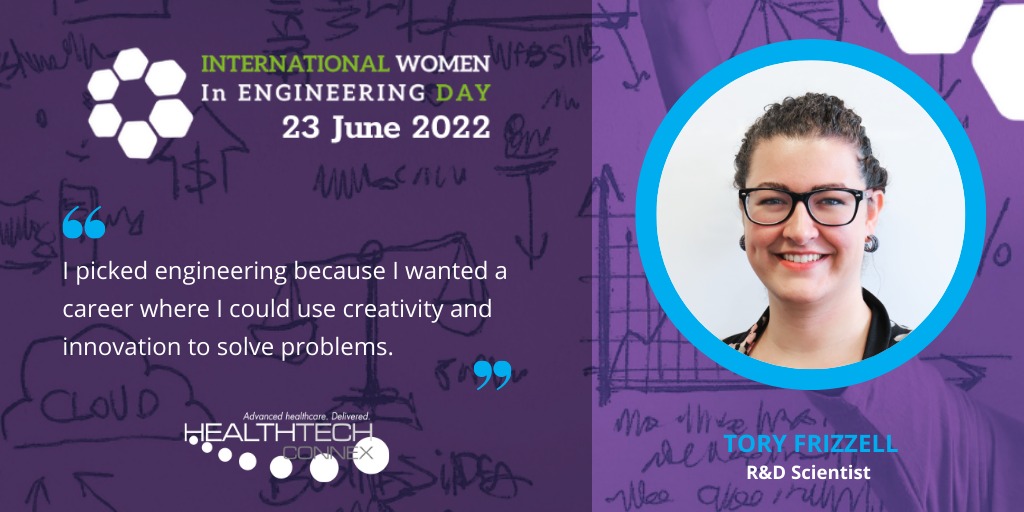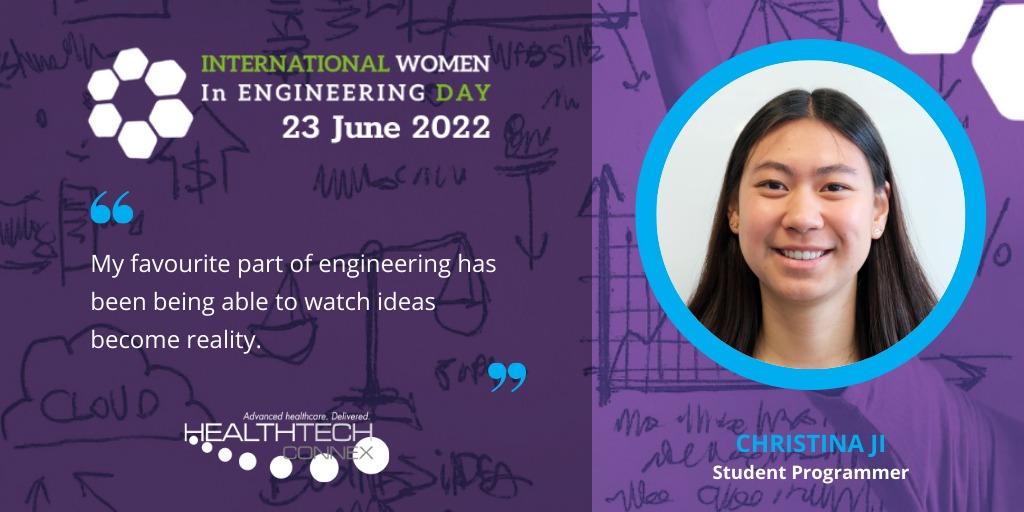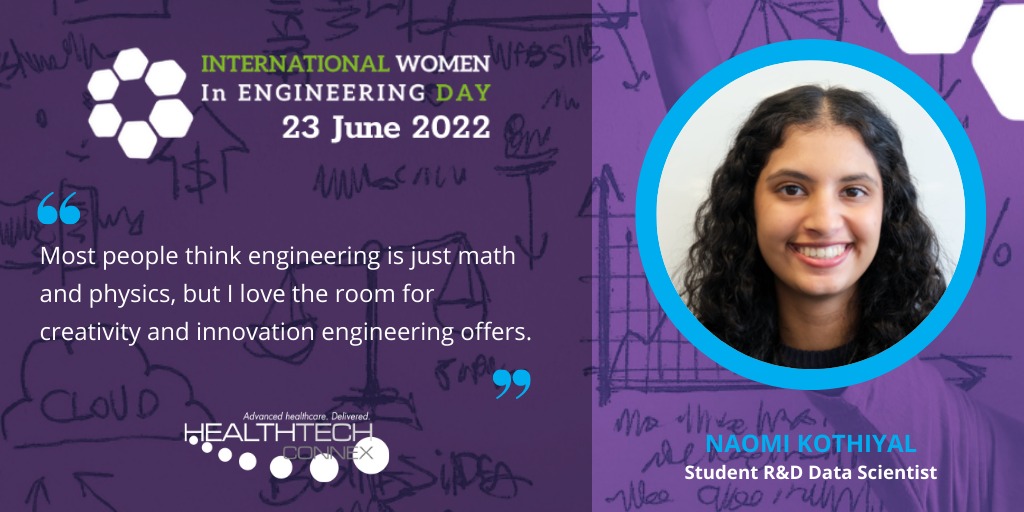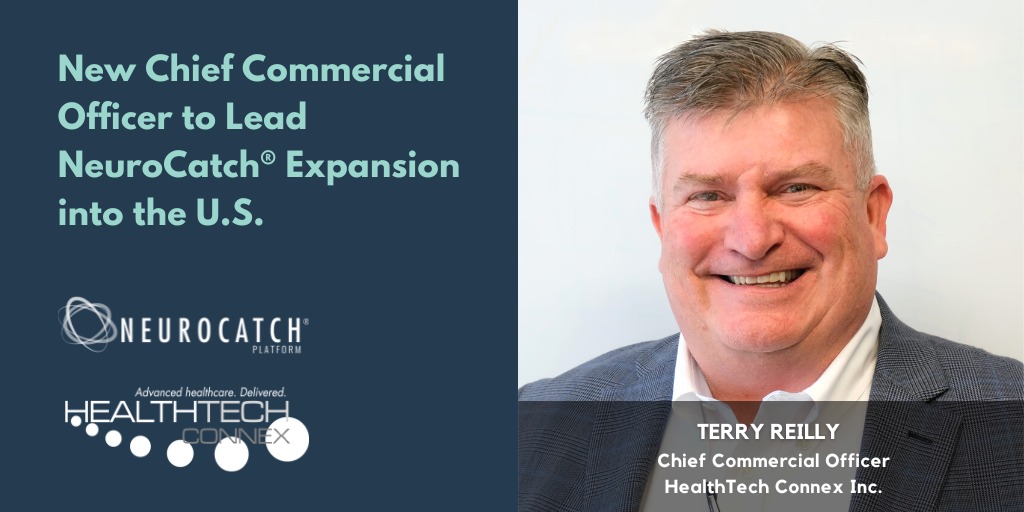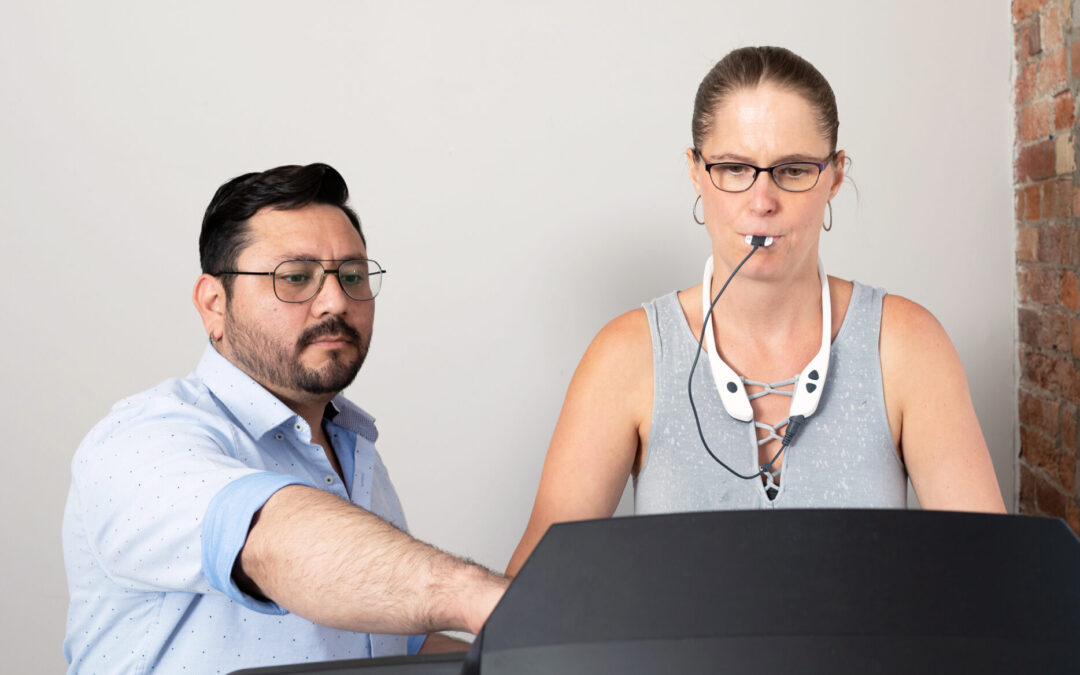
Pacific Blue Cross and HealthTech Connex Report Successful Results of Collaborative PoNS Therapy™ Innovation Project
Photo: A patient using PoNS with physical therapy as part of their treatment protocol.
(See this news release on Pacific Blue Cross)
Vancouver, BC (November 2, 2023) – Pacific Blue Cross (PBC) and HealthTech Connex (HTC) are pleased to announce the successful results of a ground-breaking project, conducted with PoNS Therapy™. The project aimed to reduce long-term disability and improve the quality of life for individuals who sustained traumatic brain injuries.
PBC had contracted HTC to deliver PoNS Therapy to nine PBC plan members with protracted disability related to head injuries. Created by Helius Medical Technologies, Inc. (Nasdaq:HSDT), the PoNS™ (Portable Neuromodulation Stimulator) device sends electrical impulses intra-orally which travel through the cranial nerves to the areas of the brainstem that control balance-related movement and the various associated relay systems in the brain. In clinical studies, this type of neuromodulation has been shown to improve gait and balance in patients.
HTC engaged all three of its divisions to conduct this project. The Surrey Neuroplasticity Clinic delivered the 14-week neuromodulation treatment protocol using the PoNS device, and measured the impacts on gait and balance, the primary clinical indication for this technology. They also measured cognition using the NeuroCatch® Platform (NeuroCatch®) that enables rapid access to an objective assessment of brain health at the point of care. NeuroCatch® uses electroencephalogram (EEG) technology to measure neurophysiological markers of cognition in the brain, called brain vital signs. The Centre for Neurology Studies collected and analyzed the data and released it in a whitepaper, titled “Evaluating the Real-World Impact of PoNS Therapy on Return-to-Work Outcomes in Individuals on Long-Term Disability due to Traumatic Brain Injury.”
The results from the study were exceptional:
1. Impressive Return-to-Work Rates: Five out of nine plan members have returned to work and remained there at the six-month checkpoint or are closing their claims as recovered and work-ready. This shows a remarkable improvement in their quality of life and the ability to resume their daily routines.
2. Substantial Cost Savings: The net savings in long-term disability claim costs for PBC were estimated at $1.6M. By accelerating the recovery and rehabilitation of plan members, the study has reduced the burden of healthcare costs for both PBC and the healthcare system.
3. Improved Overall Health Outcomes: Plan members reported noticeable improvements in balance and gait, lower severity of headaches, better mental health scores, and higher cognitive performance. (See whitepaper for details.) The PoNS device has proven to be a powerful tool for enhancing health outcomes for patients.
“In my 31 years as a physiotherapist, I have never seen clinical results like this,” says Tanja Yardley, Vice President of Clinical Innovation at HealthTech Connex. “Not only did PoNS give these patients their lives back, but it also reduced the financial burden to the insurance provider and brought much-needed technology advancements to the patients who could benefit most. Pacific Blue Cross has set a new standard for innovation in healthcare.”
“Partnering with the Surrey Neuroplasticity Clinic to assist our members experiencing chronic, entrenched balance issues not only resulted in better-than-expected clinical results, but also better than expected return-to-work results,” explains Brenda Hockley, Manager of Rehabilitation & Medical Services, Pacific Blue Cross. “We chose members who sustained a traumatic brain injury as the primary cause of disability, exhibiting signs of vertigo, balance vision, headaches and/or related brain trauma symptoms. Co-morbid mental health conditions were welcomed, with members in receipt of disability benefits longer than two years and plateaued in previous treatment with little to no return-to-work expected outcomes. Five of the nine returned to work full time and remained successfully at work greater than six months to their own occupation, with improvements noted in all nine that participated. On a small sample size, we are encouraged by the results achieved. We are excited to see how this outcome will translate into a larger population, with our unwavering commitment to improve the health and well-being for our members.”
For more information about PoNS Therapy, visit ponstherapy.ca. For more information about HealthTech Connex and its divisions, visit healthtechconnex.com. For more information about this project and the whitepaper, reach out to Tanja Yardley at HealthTech Connex.
About Pacific Blue Cross
Pacific Blue Cross is a Health Benefits Society and British Columbia’s number one health benefits provider. Based in Burnaby, BC, the not-for-profit organization provides health, dental, life, disability and travel coverage for 1 in 3 British Columbians through group benefits and individual plans. As part of its mission to improve health and wellbeing for British Columbians, Pacific Blue Cross proactively supports charitable organizations across the province working to improve health outcomes. More information: pac.bluecross.ca.
About HealthTech Connex
HealthTech Connex connects science and R&D to product breakthroughs utilizing state-of-the-art brain health technology. The team comprises recognized health, science, and business leaders with extensive experience in leveraging healthcare advances fueled by agile partnerships through its headquarters in Surrey, British Columbia. Based on the business model MEASURE, TEST, and TREAT, the company strives to optimize brain health through its three divisions: NeuroCatch Inc., Centre for Neurology Studies, and Surrey Neuroplasticity Clinic. HealthTech Connex is dedicated to deliver translational neuroscience innovations to care sectors and communities worldwide. More information: healthtechconnex.com.
About Helius Medical Technologies, Inc.
Helius Medical Technologies is a leading neurotech company in the medical device field focused on neurologic deficits using orally applied technology platform that amplifies the brain’s ability to engage physiologic compensatory mechanisms and promote neuroplasticity, improving the lives of people dealing with neurologic diseases. The Company’s first commercial product is the Portable Neuromodulation Stimulator. More information: www.heliusmedical.com.
About the PoNS Device and PoNS Therapy
The Portable Neuromodulation Stimulator (“PoNS”) is an innovative, non-implantable, orally applied therapy that delivers neurostimulation through a mouthpiece connected to a controller and it’s used, primarily at home, with physical rehabilitation exercise, to improve balance and gait. The PoNS device, which delivers mild electrical impulses to the tongue, has shown effectiveness in treating gait or balance and a significant reduction in the risk of falling in stroke patients in Canada, where it received authorization for sale in three indications: (i) for use as a short-term treatment (14 weeks) of gait deficit due to mild and moderate symptoms from stroke and is to be used in conjunction with physical therapy; (ii) for use as a short-term treatment (14 weeks) of chronic balance deficit due to mild-to-moderate traumatic brain injury (“mmTBI”) and is to be used in conjunction with physical therapy; and (iii) for use as a short-term treatment (14 weeks) of gait deficit due to mild and moderate symptoms from MS and is to be used in conjunction with physical therapy. More information: www.ponstherapy.com.
-30-
Media contact:
Pacific Blue Cross
mediarelations@pac.bluecross.ca

